“Orange?!” It was a question, a statement, and a symbol all in one. In his meticulously clean, but heavily calloused brown hand was the brightest orange I had ever seen. And it looked ever so inviting. To this day, whenever I see oranges, my first thought is this man in a blue parka silhouetted by one of the highest mountain peaks in the world. He was Dawa Sherpa and the orange became a symbol of friendship while we were trekking in Nepal.
My visit to Nepal and trekking in the Himalayan Mountain range was one of my best travel experiences. But it was also an unexpected journey with a really big surprise.
I was not a stranger to the mountains. I grew up in the Rockies of Colorado and spent every chance I could hiking and backpacking. I imagined trekking in Nepal would be pretty similar. I found it was much better.

Trekking in Nepal
The Himalayas, or the Nepal Mountains as they are sometimes called locally, are the highest in the world. Among these rugged peaks, mountaineering is a popular adventure pursuit. But, for me, seeing the mountains was more important than climbing the mountains. The idea of spending weeks camping in the snow, facing possible altitude sickness and other challenges was not my idea of a good time. Trekking offered the ability to be among these majestic peaks without the risk.
I settled on part of the Annapurna Circuit, arguably among the most popular of Nepal trekking routes. The route was around the Annapurna Massif—the 10th highest mountain in the world (Annapurna tops 8,091 meters, or 26,545 feet). Although the Annapurna trek was at a significantly lower elevation, we would still cross 17,000 feet, which was higher than I had ever been in Colorado.
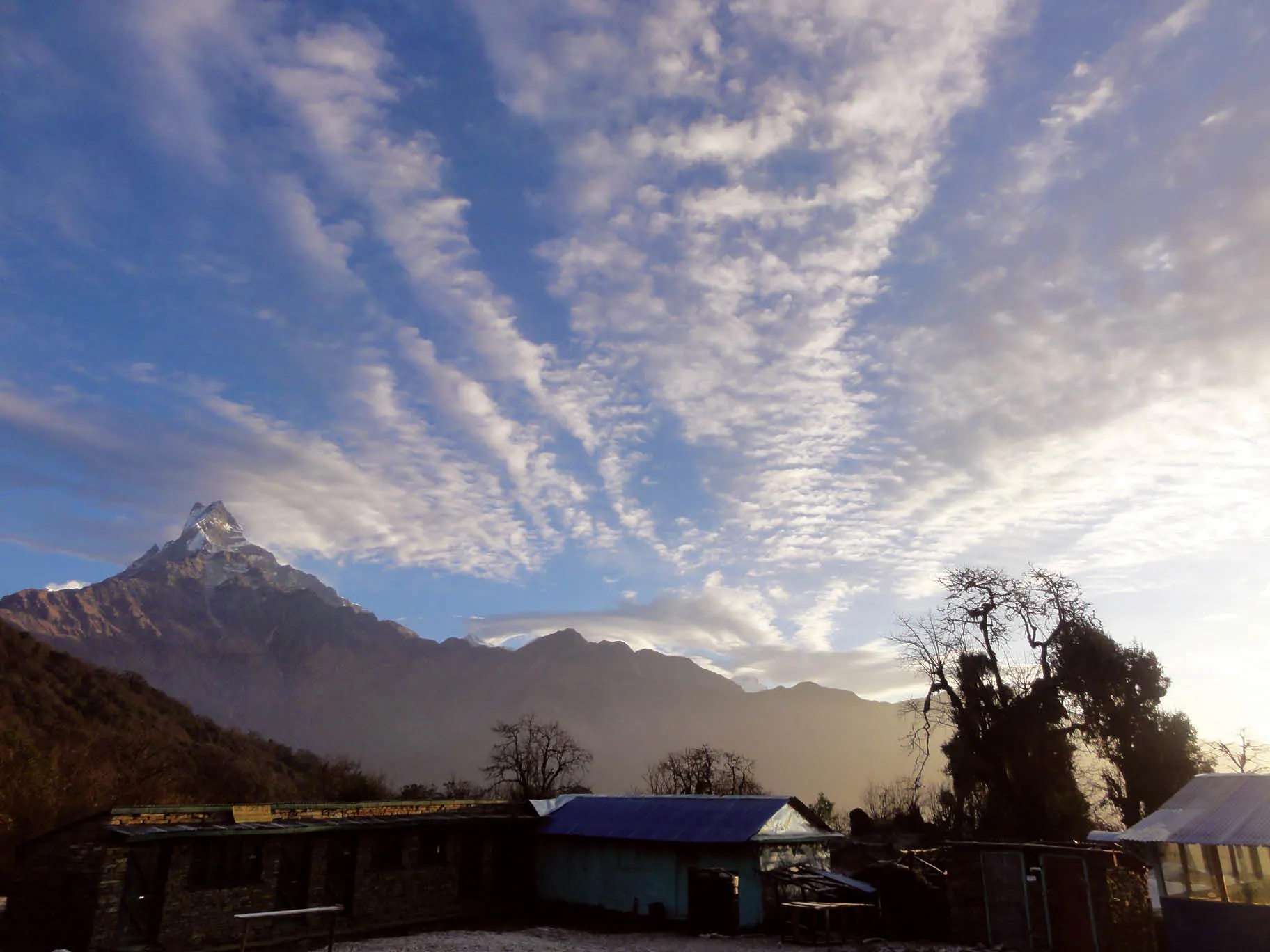
My trek around Annapurna would take me just over two weeks. I felt I was ready for my Nepal trekking tour. I was in great shape and ran marathons. I was sure this was going to be fun. But I quickly realized that my trip would be very different than I was expecting for one important reason: the super sherpas.
What is a Sherpa?
The sherpas in Nepal are an interesting group. The sherpa definition isn’t as clear-cut as it might seem. The Sherpa (capital “S”) is an ethnicity, which means they are essentially the Himalayan people. Biologically, they are gifted athletes and their blood carries more oxygen to compensate of the extreme elevations in Nepal.
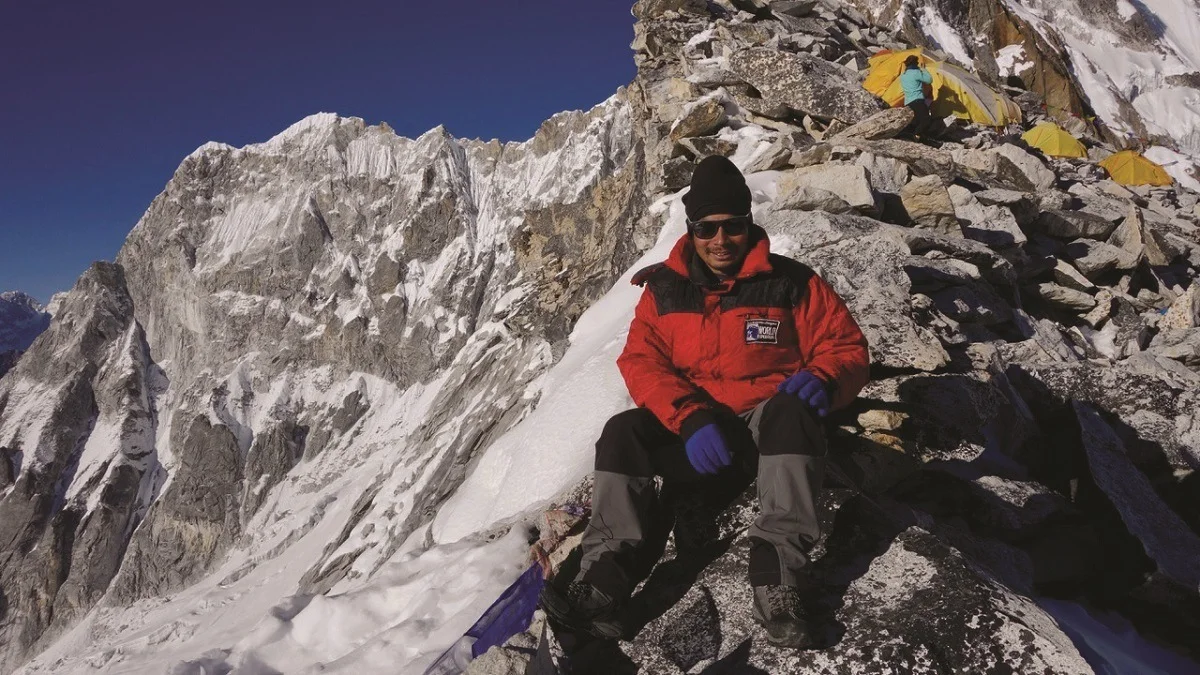
But a sherpa (lowercase “s”) is a profession. It is someone who carries heavy objects. They are essentially porters. For trekkers in Nepal, sherpas carry almost all of your gear, except for a small day bag which may have your camera and a bottle of water. Sherpas also set up your camp, cook your food, wash the dishes, pack up the camp in the morning, and generally do everything in their power to cater to your every need. Trekking with a sherpa was certainly a lot posher than backpacking by myself.
Sherpas are also the guys (and they are all men) who lay the ropes and guide people up mountains like Mt Everest. It’s a dangerous job and many sherpas are killed during their work.
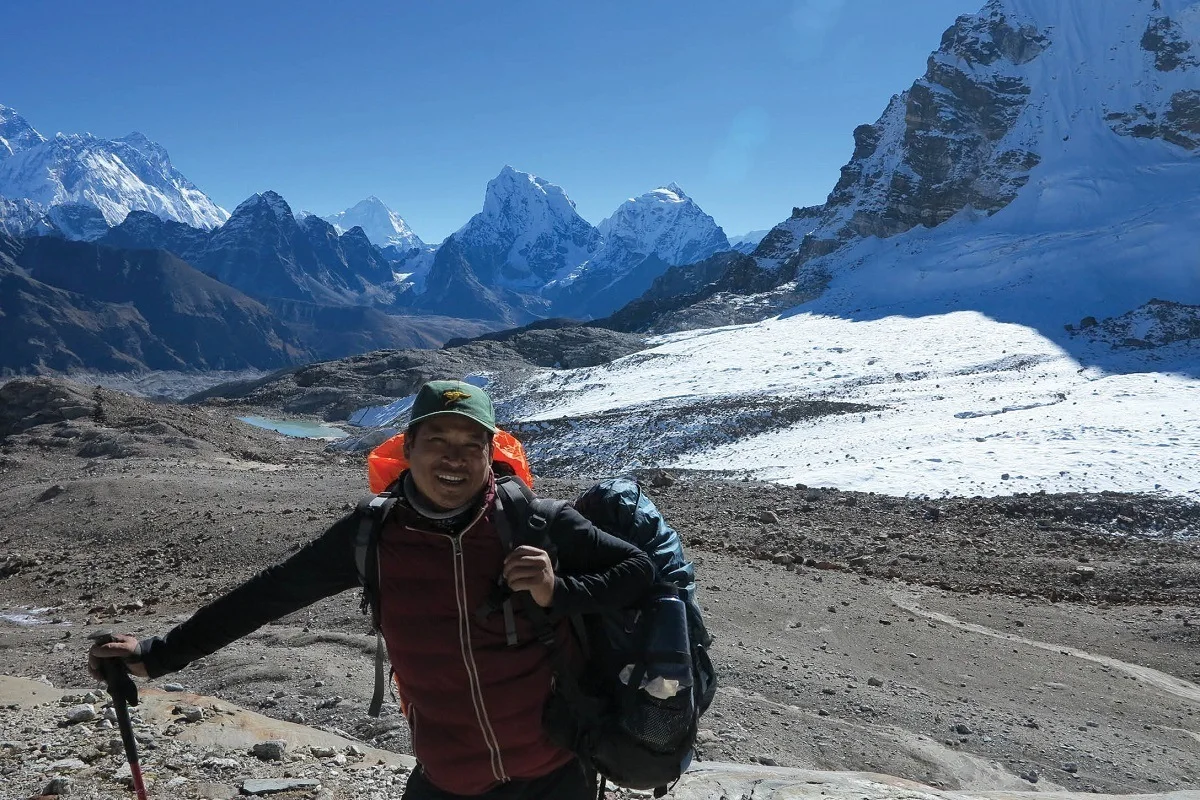
Finally, Sherpa is also a name (capital “S”). Specifically, it is one of the most common Nepalese surnames.
So, like many of the other sherpas in Nepal, my friend Dawa Sherpa was all of the above—a Sherpa in name and ethnicity, and a sherpa by profession. At the time, I found the distinctions to be kind of confusing and all the capitalization rules too difficult to follow, so I just referred to everyone by their first names.
Sherpas: A Vulnerable People
To understand the Sherpas of Nepal means understanding the country as a whole. Nepal is one of the poorest countries in the world. Average wages in Nepal are around $800. That’s per year. Sherpas who guide clients up Mount Everest can make over $8,000—an astronomical sum of money in Nepal. Poverty drives many into really dangerous work. Things have improved in recent years, but not much.
It didn’t take me long on my Nepal vacation (as a relatively poor college student) to recognize the economic factors at work in the lives of the sherpas. The companies than run Nepal trekking tours don’t pay sherpas very well and discourage generous tipping to maintain a pliable workforce.
I was astounded by the poor working conditions of the sherpas. They carry incredibly heavy packs using straps on their heads! Eighteen to 20-hour work days are the norm.
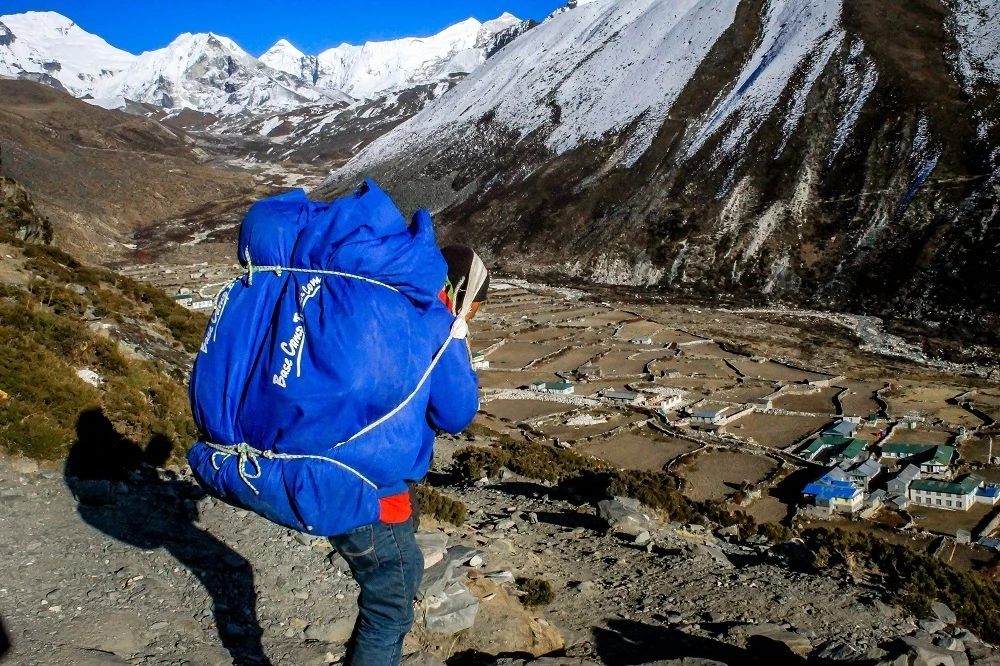
Sherpas wore only the most basic protective clothing, and usually that was in very poor condition. I had a nice pair of waterproof gloves. They cinched up tight, had a sleek look, and were incredibly warm. My sherpa guide Dawa would ask about them and I saw him looking at them several times. I soon realized, despite walking in the snow, despite the cold nights and the extreme elevations, I had never seen a pair of gloves on Dawa’s hands.
During our trek, I wasn’t particularly fond of my other trekkers. I spent as much time with our sherpa porters as possible. While it was natural to me, it seemed to make them uncomfortable—all except Dawa. I seemed to be violating some rigid concept of class and decorum.
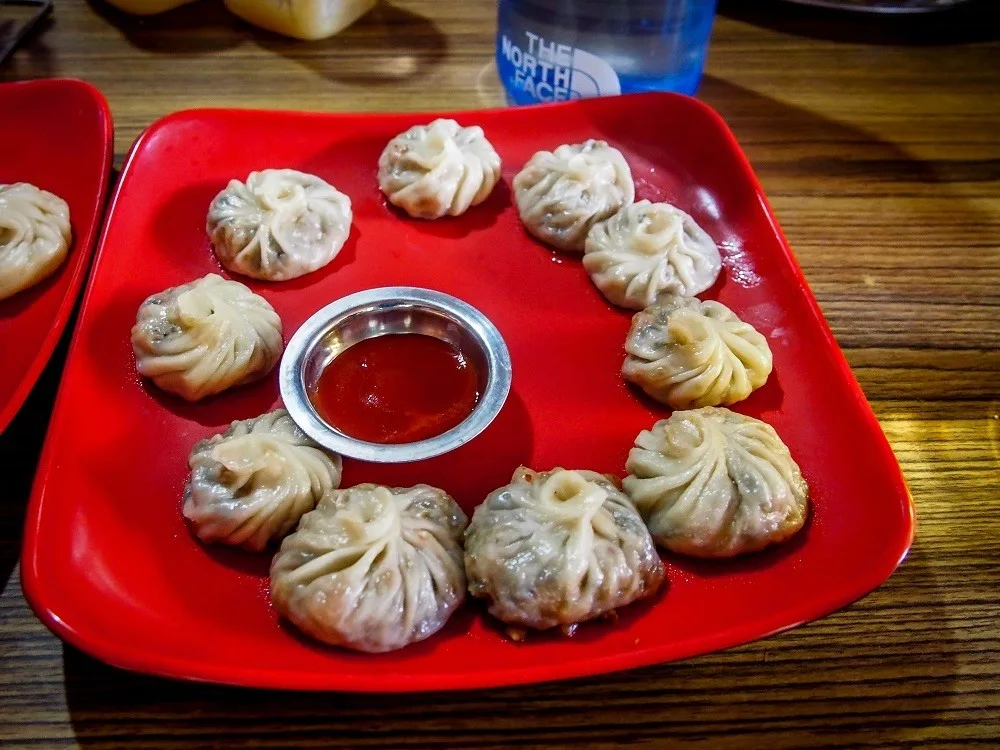
Early in the trip, I had a rude awakening. At dinnertime, I took my bowl and sat down with the sherpas. I was eating fresh vegetables and rice and even a few momos dumplings on the side. The sherpas were eating with their hands off a large collective serving tray. Their meal was only some rice with a lentil soup poured over it to keep it sticky and moist.
But as the days wore on, I spent more and more time with the sherpas and less time with the wealthy tourists from other places.
I came to Nepal for the mountains. Yes, the mountains were beautiful. But the sherpas fascinated me. They were funny and the hardest workers I had ever seen in my life. I spent days walking with my companion Dawa asking him millions of questions about the lives of the Sherpa people, their school, his thoughts about the world, and anything else I could think of.
“Orange?!” As we walked, the moment always came that from somewhere within a pocket of his blue parka, the oranges would appear, and always at the right moment. They became the exclamation point on our friendship.
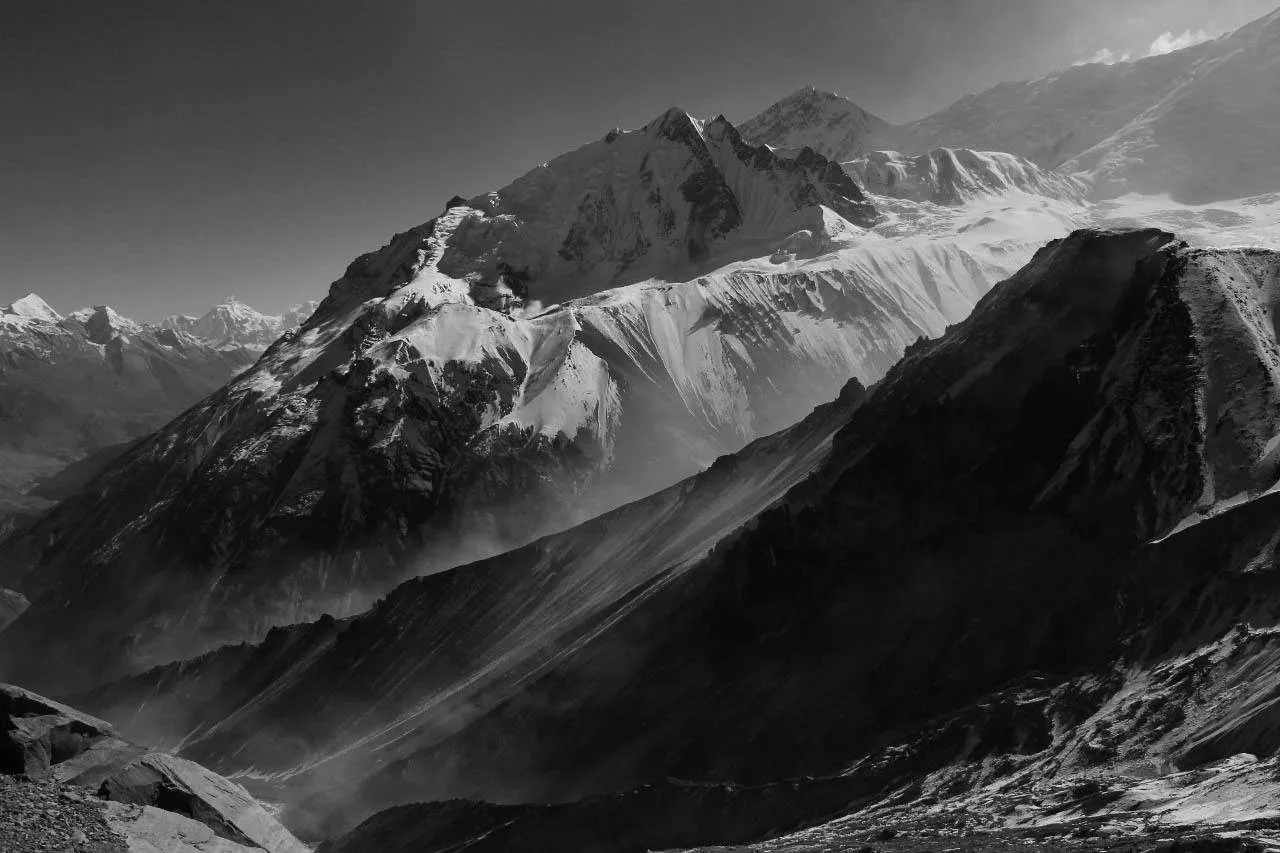
Sherpa Rights and the Changing Trekking Landscape
The plight of sherpas has been changing. In 2014, a devastating year of mountain accidents claimed the lives of dozens of sherpas. The community organized, plotted a general strike, and secured concessions from both the government as well as private companies. It was a step in the right direction.
And in 2015, the Nepal earthquake ravaged the Himalayan Republic. Tourist visits—the lifeline of the Sherpa people—slowed to a trickle. Many sherpas lost work which caused a real hardship for the community.
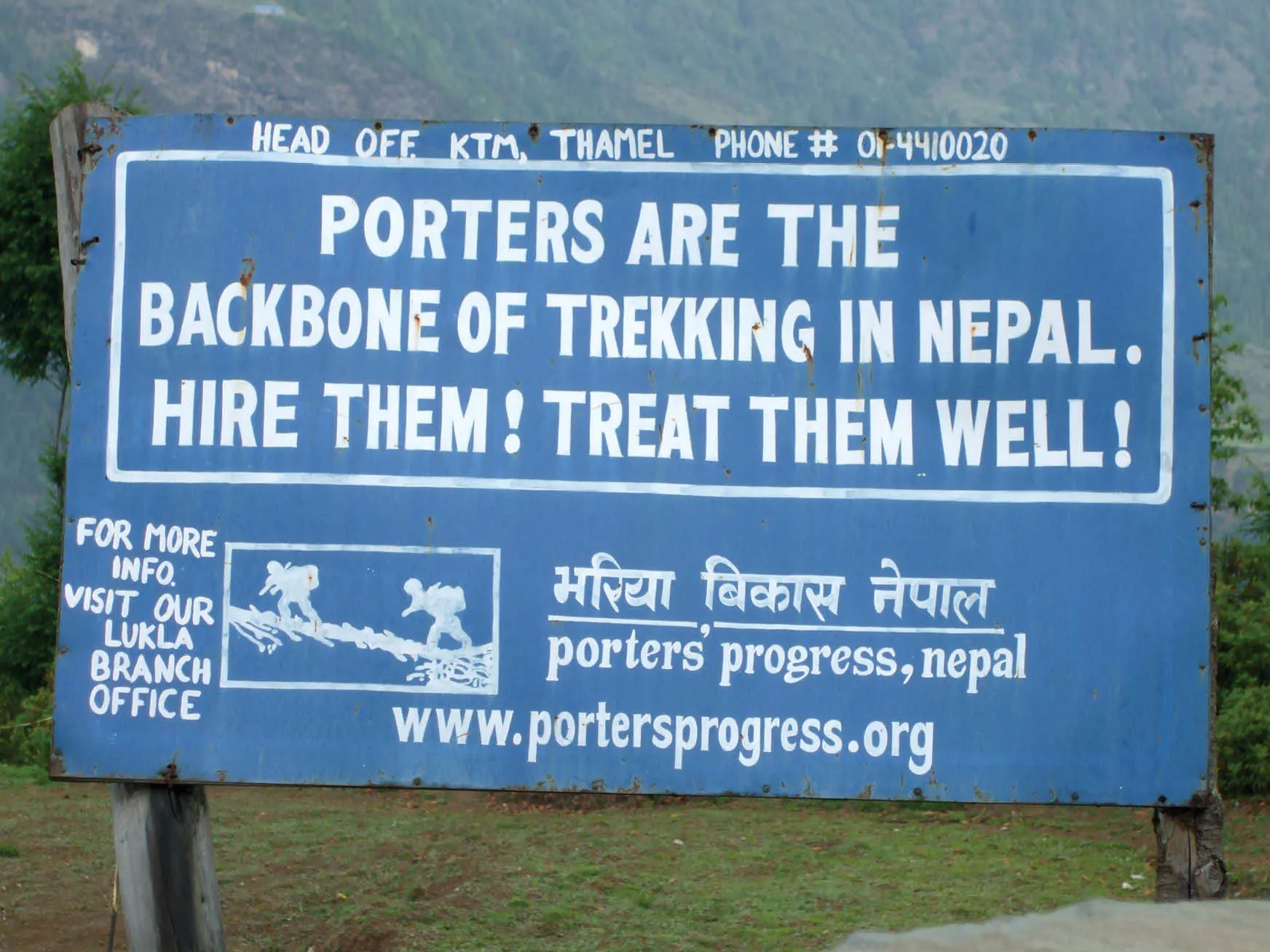
However, some companies have been conscious of the situation of the sherpas for many years. World Expeditions has a Porter Protection initiative which is truly revolutionary. The sherpa porters get life insurance, access to the same medical care as clients have, income protection, and modern gear like boots and weatherproof outerwear. But, most importantly, the sherpas get better working conditions, including weight limits, guaranteed meals, and being treated like the friends that they are.
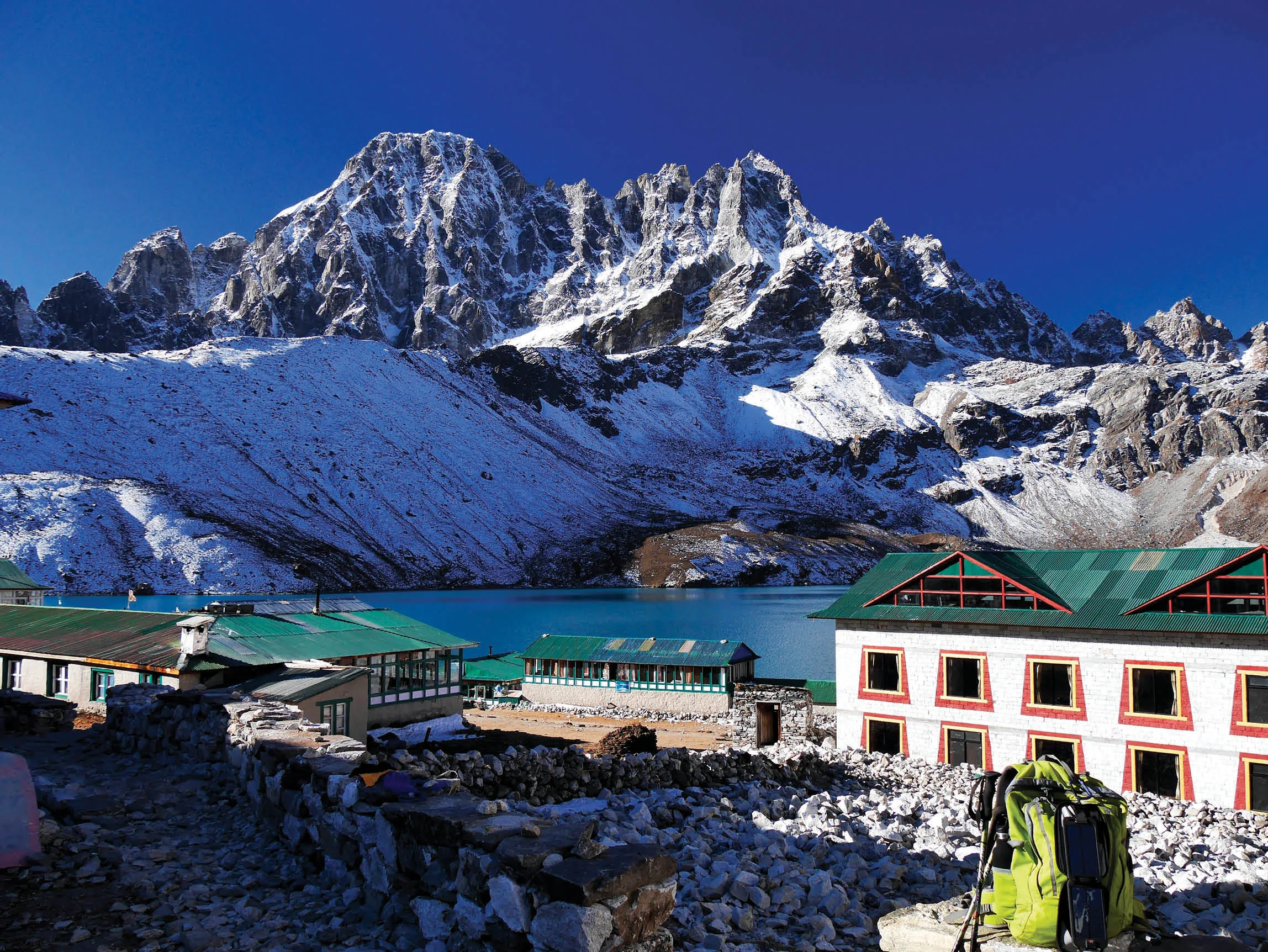
The Nepal Sherpas Visit America
I kept in touch with Dawa Sherpa for nearly two years after returning to the United States. We exchanged an occasional e-mail (he didn’t have good access to a computer) and the occasional postcard. We timed the messages—it took about 30 days for my mail to reach him.
I sent him a package with a brand new pair of waterproof gloves like the kind I had. He never acknowledged the gift and I doubt he ever received it. Probably “mis-directed” by some postal employee for their own use.
My affinity for Dawa and the other sherpas of Nepal was real. But over time, we lost touch, as frequently happens.
Several years later, I was sitting in a giant basketball arena for a college hoops game. Just as the local university team took the court, I spied a familiar face in the next section.
It was Dawa Sherpa. And he was still in his signature blue parka.
I was shocked. It was completely out of context. Here was my friend, a Sherpa from high in the Himalayas in my backyard watching American basketball. It was a surreal moment.
I rushed over and greeted him. He remembered me. We both had tears in our eyes. He explained that in Nepal he had been the trekking guide for a wealthy doctor who had also befriended him. The doctor paid to bring him to the US on a cultural exchange visa.
Dawa’s benefactor worked days, but I was a college student with a lot of free time on my hands. For a while, Dawa Sherpa was again my constant companion. Instead of walking the Himalayas, we did one of the most American things together—we walked the mall. I introduced him to foreign cuisines (he was particularly fond of pizza and Mexican food). But mostly we just talked and enjoyed each other’s company.
I visited Nepal to see the Himalayas and hike in the mountains. But I discovered the real beauty was in the Sherpa people. If you take a trek, you might just make a friend for life.
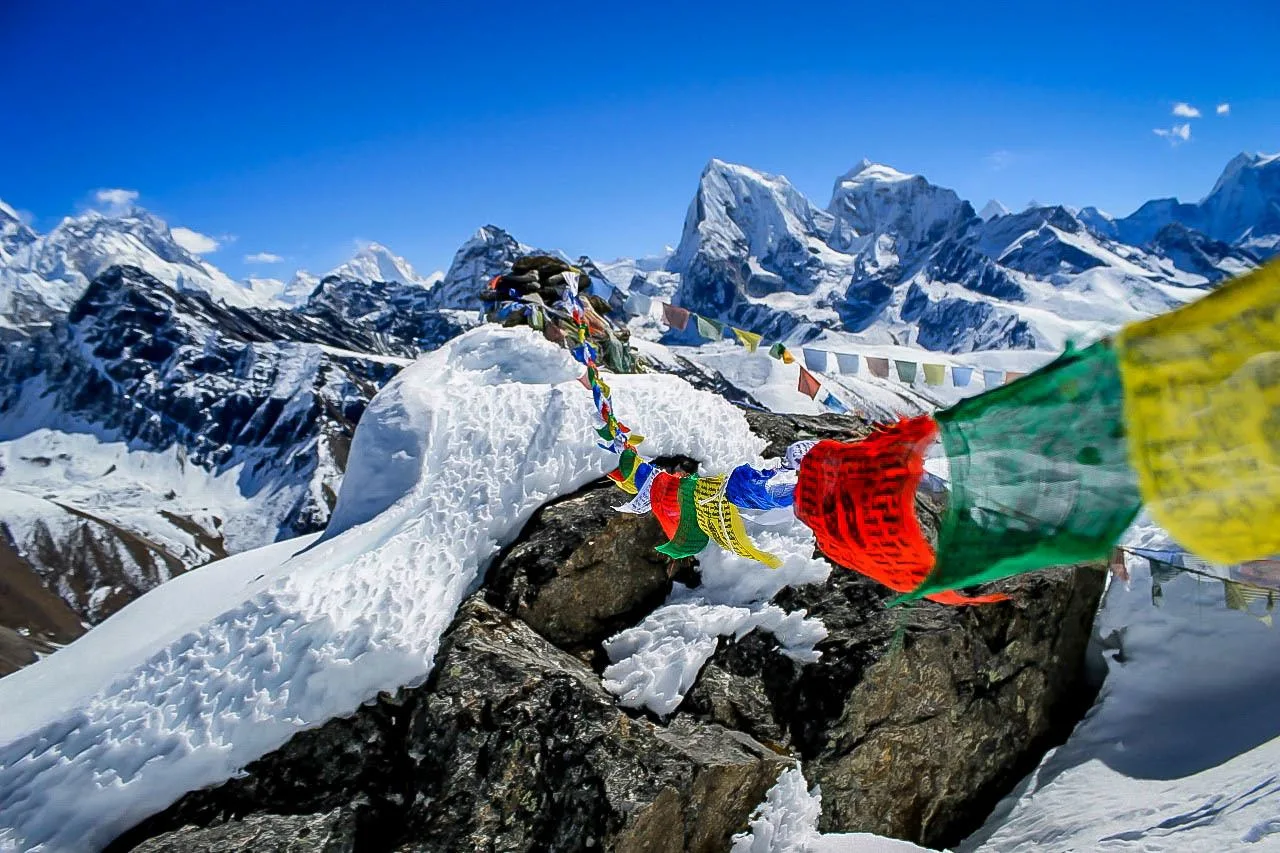
Disclosure: We have partnered with World Expeditions, a leader in Responsible Tourism, to raise awareness of the plight of the porters who make our treks possible. We’re joining their #BestMountainTrek campaign to highlight the impact travelers have on local populations. All opinions in this article are our own. Feature image is courtesy of World Expeditions.
Lance Longwell is a travel writer and photographer who has published Travel Addicts since 2008, making it one of the oldest travel blogs. He is a life-long traveler, having visited all 50 of the United States by the time he graduated high school. Lance has continued his adventures by visiting 70 countries on 5 continents – all in search of the world’s perfect sausage. He’s a passionate foodie and enjoys hot springs and cultural oddities. When he’s not traveling (or writing about travel), you’ll find him photographing his hometown of Philadelphia.
